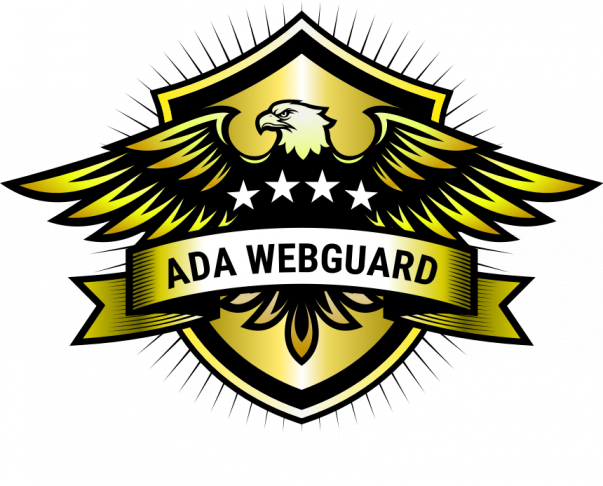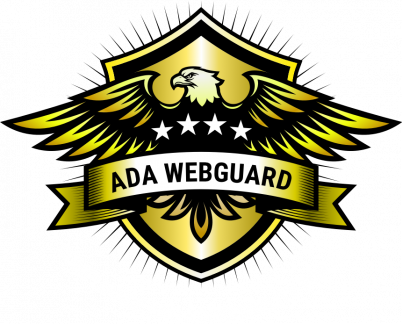Before we dive into the best methods for testing your website’s accessibility, Let’s start with the basics: website accessibility?
According to W3C, Web accessibility means that websites, tools, and technologies are designed and developed so that people with disabilities can use them. More specifically, people can:
- perceive, understand, navigate, and interact with the Web
Web Content Accessibility Guidelines (WCAG) is developed through the W3C process in cooperation with individuals and organizations worldwide to provide a single shared standard for web content accessibility that meets the needs of individuals, organizations, and governments internationally.
The WCAG accessibility standards explain how to make your website more accessible to people with disabilities.
ADA and WCAG Compliance of your website is required in most jurisdictions under Federal Case Law. In most circuit courts, the Web Content Accessibility Guidelines are the standard for website accessibility and compliance.
Performing website accessibility testing ensures that your website and/or app is usable by as many people as possible. Knowing what to look for when checking for accessibility can be a daunting task. Usually, if you are not a Certified Website Accessibility Professional, you can miss some vital issues. Any obstacle that could prevent someone from understanding your website and the information therein is an accessibility barrier. Most websites have some accessibility barrier that restricts usage for persons with a disability.
What are common accessibility mistakes?
- images without alternative text
- lack of alternative text for imagemap hot-spots
- audio or video without captions or transcripts
- lack of alternative information for users who can’t access frames or scripts
- tables that are difficult to decipher when linearized
- sites where color is the only way to distinguish elements or with poor color contrast
- fonts that are fixed-sized. Fonts should be relatively sized in a CSS
- form fields that are not properly labeled
- pages with long navigation menus without a “Skip-Navigation” link
There is only one way to thoroughly test for website compliance and accessibility using all 78 WCAG 2.0 & 2.1 Success Criteria, and that is by completing the following two steps. Automated testing and Manual user Auditing.
Step 1. Automated Testing
(It’s crucial that one does not rely on automated testing alone because these tools will only capture about 30-40% of issue types.)
Automated tests are essential when evaluating your website for ADA non-compliant accessibility errors on a technical level and are especially important when developing, remediating, and/or maintaining a website. Automated testing alerts you to errors like:
- FORM FIELDS: Automated tests make sure that all entry fields have labels.
- COLOR: Automated tests verify that color combinations in a text are used appropriately.
- LINKS: Automated testing quickly determines that all links are functioning as they are supposed to.
- AND MORE
Here are some of the primary areas in which automated scanning often falls short:
- Screen reader compatibility
- Color adjustments
- Page titles
- Proper coding
- Keyboard-only navigation
- Determining if your site is optimized for keyboard-only functionality such as:
- Moving between sections of a web page
- Accessing all menus
- Top-of-page links that allow users to skip directly to each page’s vital content
- Links and form fields that can be highlighted using keyboard commands
Ultimately, the best option for testing accessibility is to combine both automated and manual testing. The lists below show some of the testings you can perform with each option.
Step 2. Manual Website Auditing
Manual Auditing allows for a trained and certified professional to evaluate your website for ADA non-compliant critical accessibility failures and catch all that is missed by automated testing. Manual testing evaluates websites without using a mouse simulating a disabled user. We use a combination of keyboard-only interactions, screen readers to convert text to spoken audio, and web browser plug-ins to determine the accessibility of your website. While automated testing accounts for some of the WCAG 2.1 criteria, manual testing accounts for Critical Accessibility Failures that Automated software can’t, like:
- SKIP TO MAIN CONTENT: This prevents users from having to go through your entire navigation over and over again to get to the main content of your webpage.
- PAGE TITLES: Page titles are visible in tabs or bookmarks and should be appropriate to the page content.
- HEADINGS: Headings accurately describe the content.
- AND MANY MORE!
WARNING: “If it sounds too good to be true, it probably is” JavaScript’s, Overlays, and AI Widgets are NOT a complete solution and don’t protect you from potential lawsuits. Overlays and widgets for your website do not protect you from legal action as they are insufficient to pick up all compliance and accessibility barriers.
Overlays are products that claim to automatically fix a website’s accessibility issues. They claim that all you have to do is insert their JavaScript snippet on your website, and your accessibility problems will be repaired.
All these quick-fix solutions fail to meet the needs of actual people with disabilities. Since we know that automated tools can only detect about 30-40% of WCAG website compliance, we can’t expect such JavaScript’s, Overlays, and AI Widgets to do any better.
What additional benefits are there in making a website accessible?
- Search engine optimization
Many accessibility guidelines are the same as SEO techniques: valid HTML, clear link names, using text rather than images of text, descriptive ‘title’ tags, providing text equivalents for multimedia, creating a site map, etc. This means that incorporating accessibility will at the same time help to improve websites’ search engines ranking.
- Increase website usage
As accessible websites are easier to find, access, and use, they maximize the number of possible visitors. And this, in turn, can boost the company’s profits – e-commerce websites can increase sales, and non-profit organizations get more funding.
- Cost Savings
Accessibility can help decrease costs, such as maintenance costs, server costs, cost of upgrading to new technologies, cost of customer support services (as more people can complete many of the tasks online), etc.
- Increase usability
In general, accessibility increases the usability of a website and improves the quality of the user experience. Some accessibility guidelines are similar to usabilities, such as promoting clear and consistent design and navigation, dividing blocks of information into logical sections, good color contrast, etc. Increased usability makes users more likely to return to the website, use it more thoroughly and recommend it to others.
- Reduced site development and maintenance time
Although incorporating accessibility can increase site development time initially, in the long term, it reduces time spent on on-site improvements and maintenance. Using style sheets and coding to standards minimizes the effort needed to change presentation across a site.
To indeed have a Compliant and Accessible website, ADA WebGuard highly recommends conducting both Automated Testing and Manual Auditing using all WCAG AA Success Criteria. For more information on website testing and auditing, visit our website at ADA WebGuard.


